Would you know what to do if the unthinkable happens and your dog becomes lost? Although no one knows the exact numbers, the American Humane Association (AHA) estimates that about 10 million pets go missing every year. Many of those end up in animal shelters, but if they aren’t microchipped and/or wearing ID tags, only about 15 percent of dogs and 2 percent of cats are reunited with their owners, according to the AHA.
Why Do Dogs Run Away?
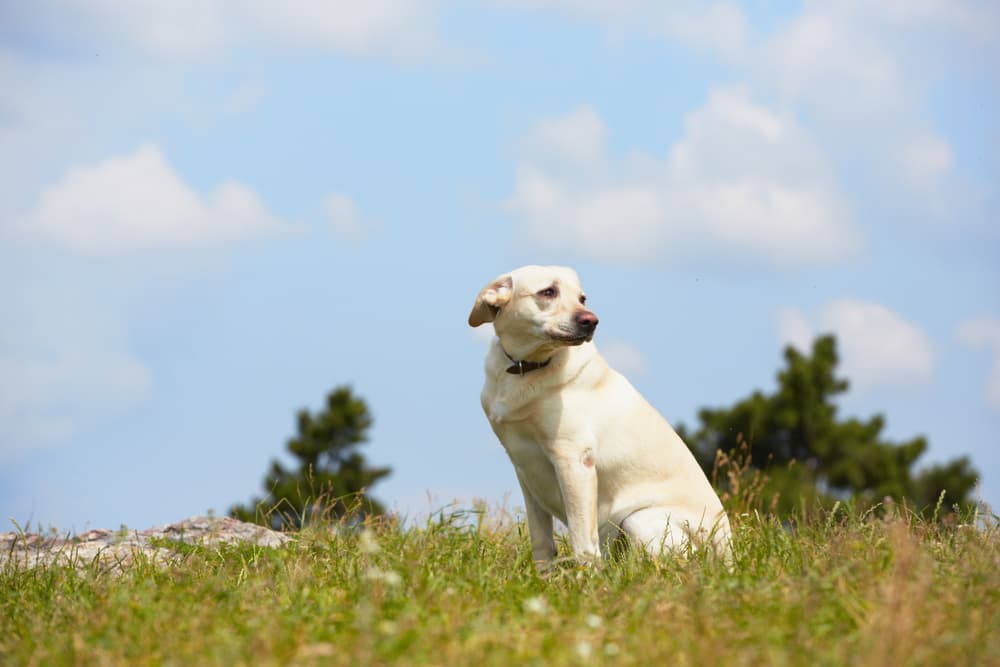
Some dogs get out when kids leave doors ajar or workers fail to latch gates properly; other dogs suffer from separation anxiety and try to escape the house or yard to find their owners. Some dogs become frightened by loud noises like thunder or fireworks, and bolt through window screens or gaps in the fence to escape the sounds.
“Once they get out, a lot of them panic because they’re not used to that,” says Temma Martin, public relations manager for Best Friends Animal Society. “They run because they’re afraid of the scary world.”
After escaping, some dogs stick close to home, but others take off fast. Dogs can be found many miles from home, especially if a good Samaritan stops to pick up a dog running on the road and brings it to their home, which could be far away. Frightened dogs may try to hide or run from people.
How to Find a Lost Dog: 8 Important Tips
All featured products are chosen at the discretion of the author. However, Great Pet Care may make a small affiliate commission if you click through and make a purchase.
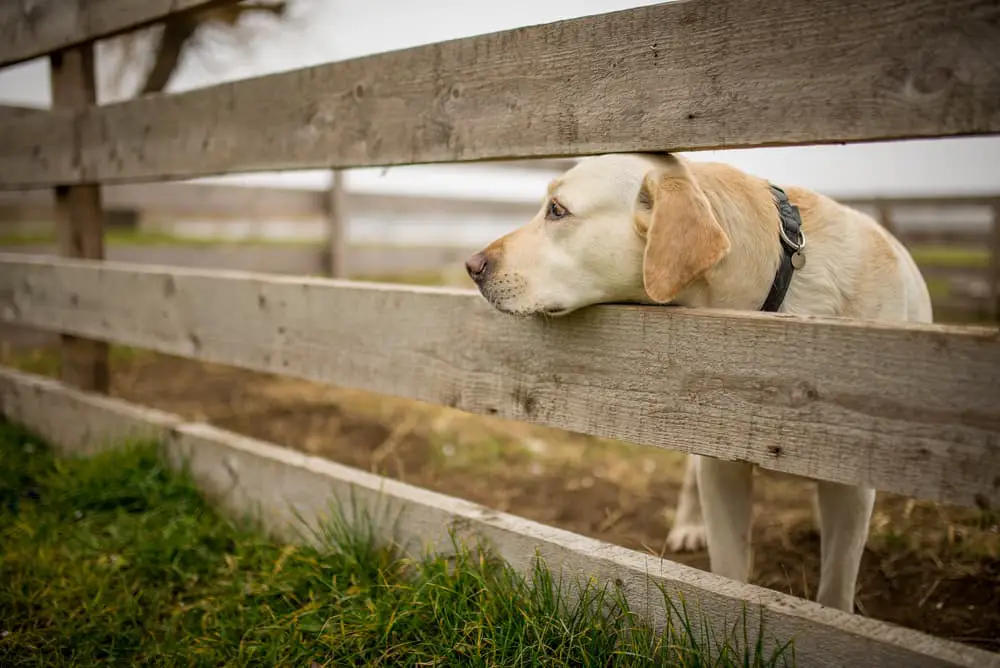
When you realize your dog is missing, try to remain calm and be methodical in your search efforts. The more strategies you try, the better your chances of getting your dog home fast.
“It’s best to start looking as soon as you notice that your pet is missing so as to not waste time,” says Dr. Lori Bierbrier, senior medical director of ASPCA Community Medicine. “Start by canvassing the neighborhood if they went missing in a relatively short amount of time. How far they may go depends on your pet.”
Here are some proven strategies for bringing lost dogs home:
Check your home and yard
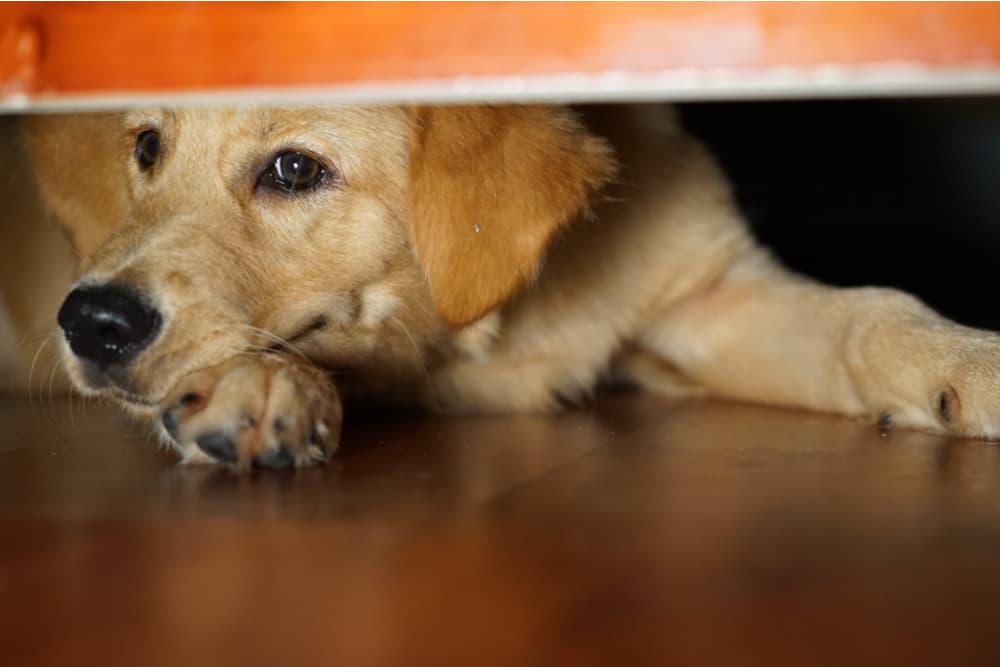
Your dog may have accidentally become trapped inside the laundry room, garage, closet, or a rarely used spare bedroom. Look under beds and behind furniture. Search your front and backyard, looking under porches and inside sheds.
Search your local area
Head out by foot, bike, or car and search for your dog in your immediate area, combing your street and a few blocks in either direction.
Call or text neighbors

Let people nearby know your dog has escaped and ask if anyone has seen your dog wandering the neighborhood.
Enlist local social media networks
Posting about your lost dog on a platform like Nextdoor or a neighborhood Facebook page can get great results. “Pets are getting returned to their owners almost in real time,” Martin says. “If somebody finds a pet or spots a pet running loose, they’re pretty likely to take a picture and post. The person who lost their pet is also posting photos and then everyone else is just monitoring the activity. It’s basically crowdsourcing help.”
Use pet trackers or lost pet apps
Today’s technology provides more ways to keep tabs on your dog. GPS and Bluetooth trackers allow you to track your pet’s daily activity and also find your dog if he wanders off. For example, Pawscout is a Bluetooth-enabled pet tag that leverages a connected community of pet lovers to help find lost pets via its free app. It uses short-range, radar-style tracking (within 300 feet) to ping nearby users if your dog or cat becomes lost. You can also use the app to track walks, set an outdoor virtual pet leash, create digital lost pet flyers for any lost pet you find, and more.
Reach out to animal shelters, veterinary hospitals, and rescue groups
“Make calls to the local animal control agencies, veterinary hospitals, shelters—both municipal and private—and rescue groups in your area,” Bierbrier says. “One of them may already have your pet in custody. Check in with shelters daily—and pay these visits in person with photos of your pet to distribute to shelter staff. If there are no shelters close to your home, contact the police.”
Call nearby veterinary hospitals
If your dog is injured, someone might take him to the closest animal hospital. Good Samaritans may also bring lost dogs to a veterinarian in the hopes they will be able to help.
Post lost dog flyers and posters
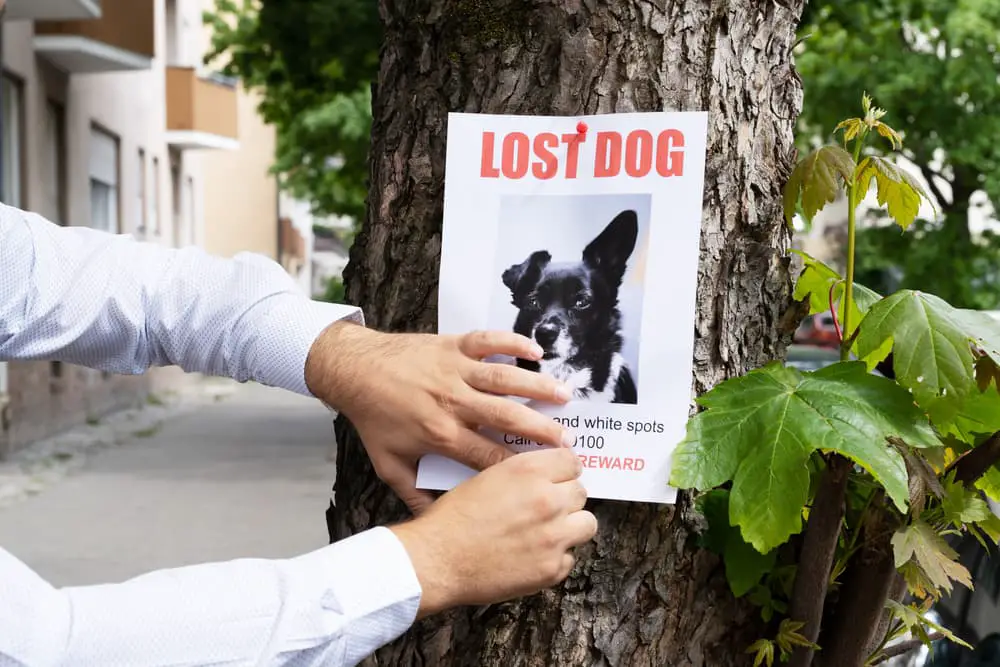
If you’ve scoured your immediate area, reached out to neighbors and checked with local shelters and animal hospitals, but you still can’t locate your dog, putting up lost dog flyers or posters can help bring your friend home.
The Missing Animal Response Network recommends creating giant-sized, neon-colored posters and using what it calls the “FIVE + FIVE + FIFTY-FIVE RULE,” advising that you have approximately five seconds and five words to get your message across to passersby. Using only five words allows you to make the letters as large as possible and condense the message to the most vital information.
Try saying something like “HELP FIND! LOST DOG–BEAGLE” or “PLEASE HELP! LOST DOG–BLACK LAB,” then list your phone number below as large as you can. Include a large color photo of your dog if possible. The Missing Animal Response Network offers many more helpful tips for finding lost pets on its website.
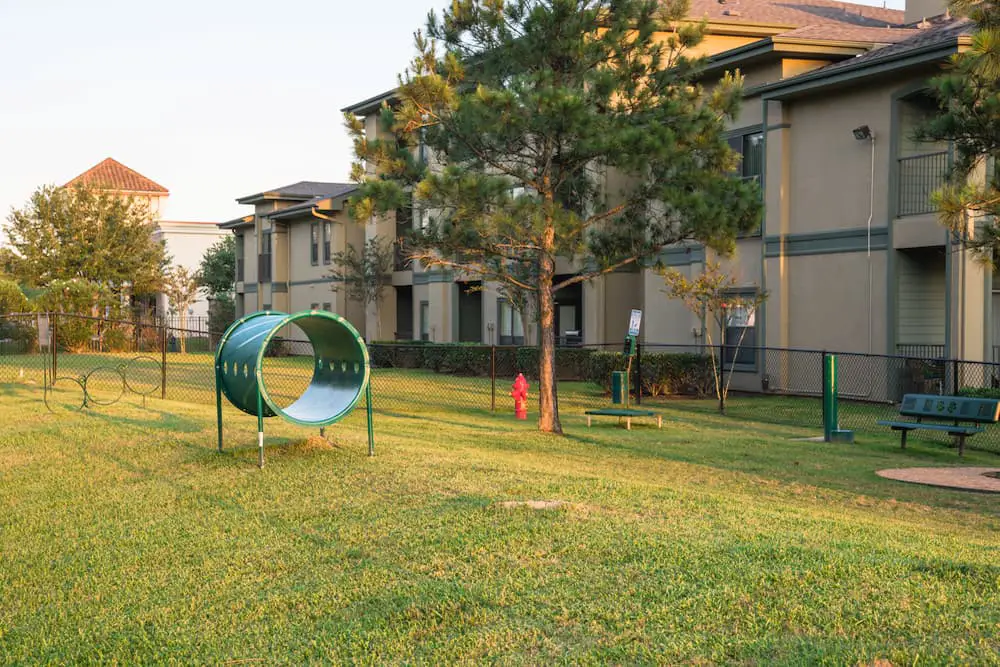
Include a physical description of your dog, a recent color photo, and your phone number. If you have space, using smaller letters detail the last known location of your dog and any other helpful information.
In addition to posting lost dog flyers on trees and lampposts in the general vicinity of where your dog went missing, the APSCA recommends posting lost dog flyers and posters at pet-focused locations such as local dog parks, pet supply stores, and veterinary hospitals, as well as general spots like grocery stores, gas stations, cafes, and restaurants.
Should I Offer a Reward for My Lost Dog?
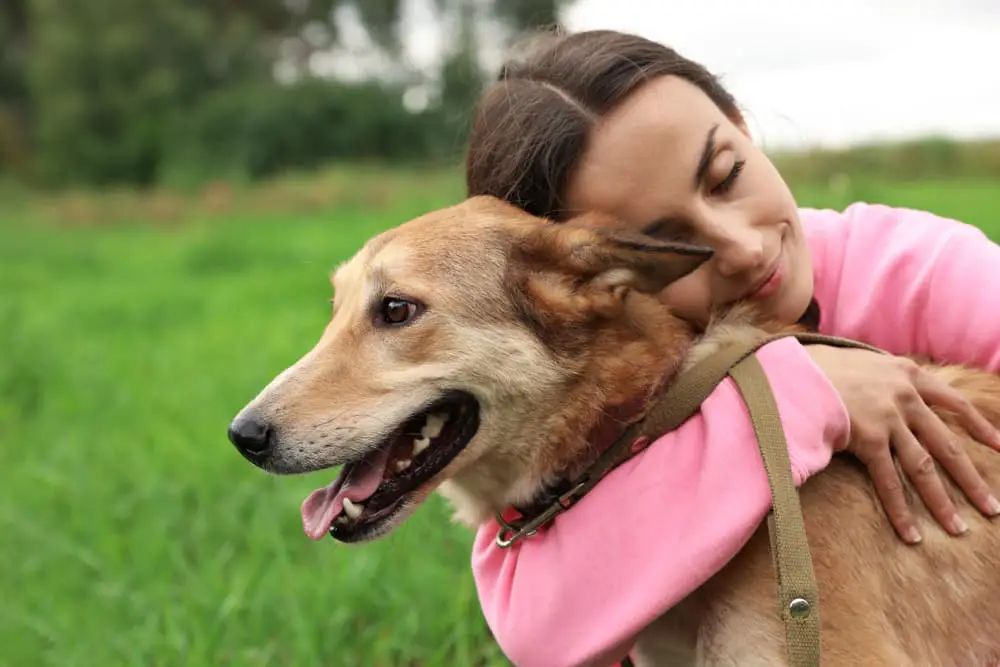
Offering a lost dog reward might garner attention, but it can open you up to lost pet scams (someone claims to have your dog but tries to shake you down for money). The Missing Animal Response Network doesn’t recommend offering a reward for another reason: When people become intent on capturing the dog so they can claim the reward, they might chase the dog. Being pursued by strangers can cause a skittish lost dog to run farther away or even dart into oncoming traffic.
How to Stop a Dog from Running Away

Make sure your yard is securely fenced, and regularly check the fence for holes. If your dog is prone to door darting, put him on a leash or in a crate when you answer the front door, or anytime workers will be coming and going. Teach your dog a solid “recall” command, and practice it regularly to reinforce it.
Proper ID is essential in order to improve your chances of being reunited, should your dog go missing. Dogs should always wear a collar with ID tags, and should also be microchipped. If you want to be able to track your dog’s whereabouts, you can research dog GPS trackers or smart pet tags. Keep in mind that collars and tags can fall off. The microchip is an extra layer of security. If your dog ends up at a shelter, staff will scan for a microchip and you can be reunited.
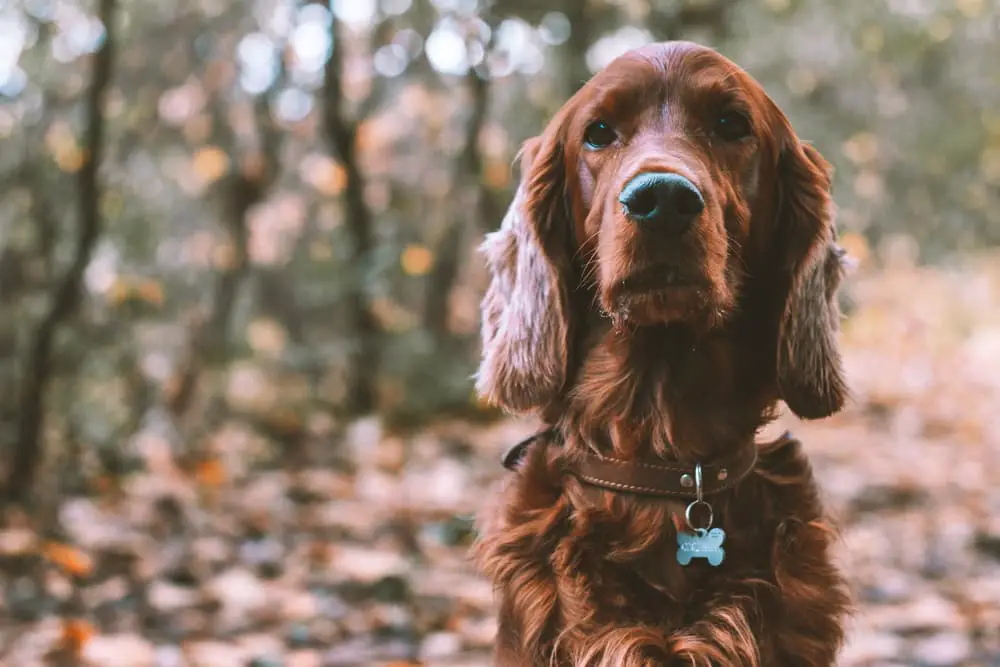
Make sure the information on your dog’s tag is current. If you move or change your phone number, update your dog’s tags to reflect your correct address and phone number. Don’t forget to update this information with the microchip company as well. That way, if someone at an animal shelter or veterinary hospital scans your dog for a chip, they will be able to contact you.
The ASPCA reminds pet owners to make sure your dog’s microchip is registered with the company. Some pet owners forget to send in the form or fill out the information online after their dog is microchipped. If your pet goes missing, call up your microchip company to find out if they offer extra services, like access to lost pet recovery specialists.
But what if your dog escapes through an unlatched gate, goes exploring, and ends up in someone’s yard four blocks away? That person can’t scan for a microchip, but if your dog is wearing a collar and ID tag with your current contact information, you could have your dog back before you even realize he’s missing.
What to Do if You Find a Lost Dog
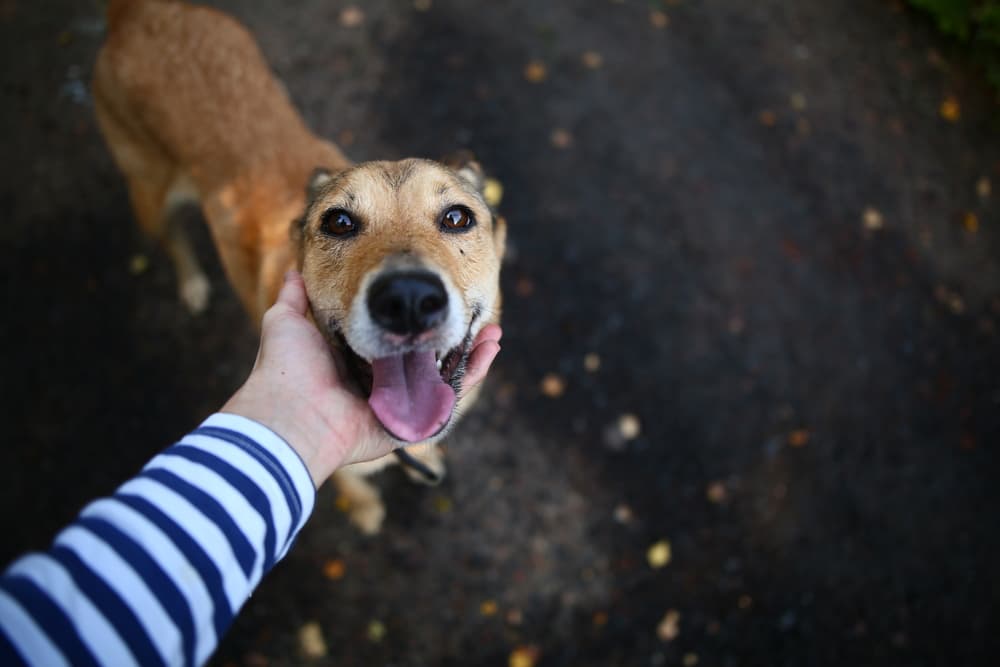
For those who have found a lost dog without any ID, it’s best to bring him to your local animal shelter. Staff can scan the dog for a microchip, then hold the dog in case the owner comes looking for him. You can also report lost dogs to local veterinary hospitals in case the owner goes there looking for their dog.
“Sometimes people think the shelter is a bad place so they keep the pet, but not taking it to the shelter and giving the pet a chance to be reunited with the owner is problematic,” says Martin, who spent more than a decade working for Salt Lake County Animal Services prior to joining Best Friends. “The owner may be looking at the shelter every day. If you are concerned, let the shelter know you’re interested in the pet’s outcome and you want to be notified if the owner doesn’t claim it.”
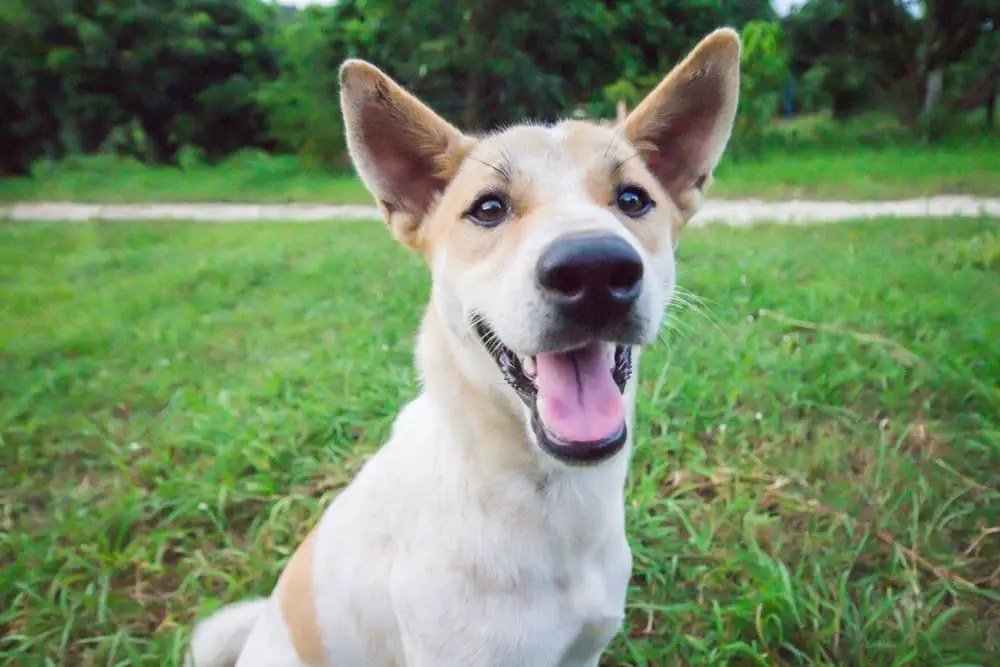
Some people who find pets jump to the conclusion that the owners did not care for the animal or did not provide a good home for it, and so are tempted to keep the animal for themselves or even try to rehome it to a new family. This type of assumption is rarely fair and often the farthest thing from the truth.
“It could have not been that person’s fault at all, and they deserve to have their pet back,” Martin says. “I know that comes from a place of good intentions but in most places, it’s not legal to just keep them or try to rehome them.”
The post How to Find a Lost Dog: 8 Important Tips appeared first on Great Pet Care.








